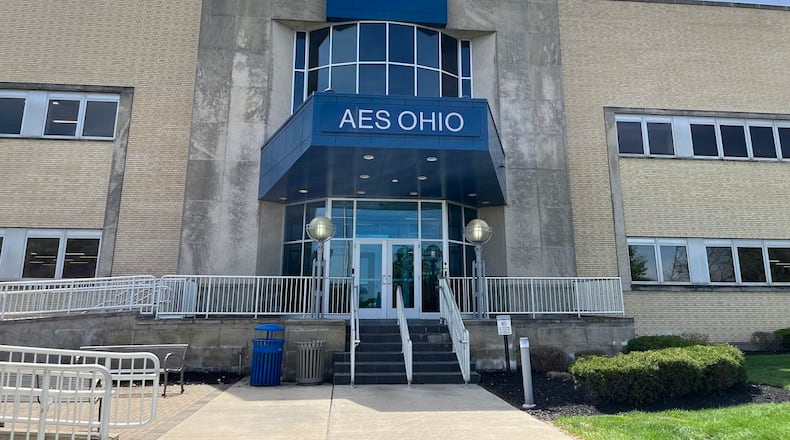A settlement was reached in August with stakeholders in AES Ohio’s application for higher rates, with representatives of residential, commercial, industrial, and government interests, as well as staff working for the Public Utilities Commission of Ohio, also known as the “PUCO,” signing on.
This is a rate increase that will affect all Dayton-area customers.
The AES Ohio “standard service offer” covers energy supply or generation. At issue here were distribution rates, charges meant to cover the cost of delivering electricity from power plants to homes and offices.
The utility first applied for the higher rates last November. The increase first sought by the company would have raised these base rates more than 14% increase for customers using a certain amount of electricity.
The Office of the Ohio Consumers Counsel said Wednesday that the settlement reduced AES Ohio’s original request by nearly $70 million, removed a $25 reconnection fee, and increased the company’s “Gift of Power” assistance program from $50,000 to $1 million per year.
However, the utility’s quest for higher rates continues. Last month, AES Ohio, the former Dayton Power & Light, indicated that it intends to file with the PUCO for a new “multi-year reliability plan.”
If regulators approve those new rates as proposed, annual increases for the “typical customer” would be less than 3% annually each year for three years, said Mary Ann Kabel, a spokeswoman for the AES Ohio.
Even if the rates are approved, AES Ohio would likely have “among the lowest” rates charged by investor-owned electric utilities in Ohio, she added.
“The Public Utilities Commission of Ohio’s approval of our distribution rate review demonstrates the collaborative efforts of all parties and the commission staff that made this outcome possible,” AES Ohio President Tom Raga said in a statement. “The approval ensures AES Ohio can continue delivering safe, reliable service especially after major storms.”
The utility has more than 1,600 miles of transmission lines, 13,000 miles of overhead distribution lines, 4,500 miles of underground distribution lines and 160 substations feeding 490 distribution circuits.
About the Author

